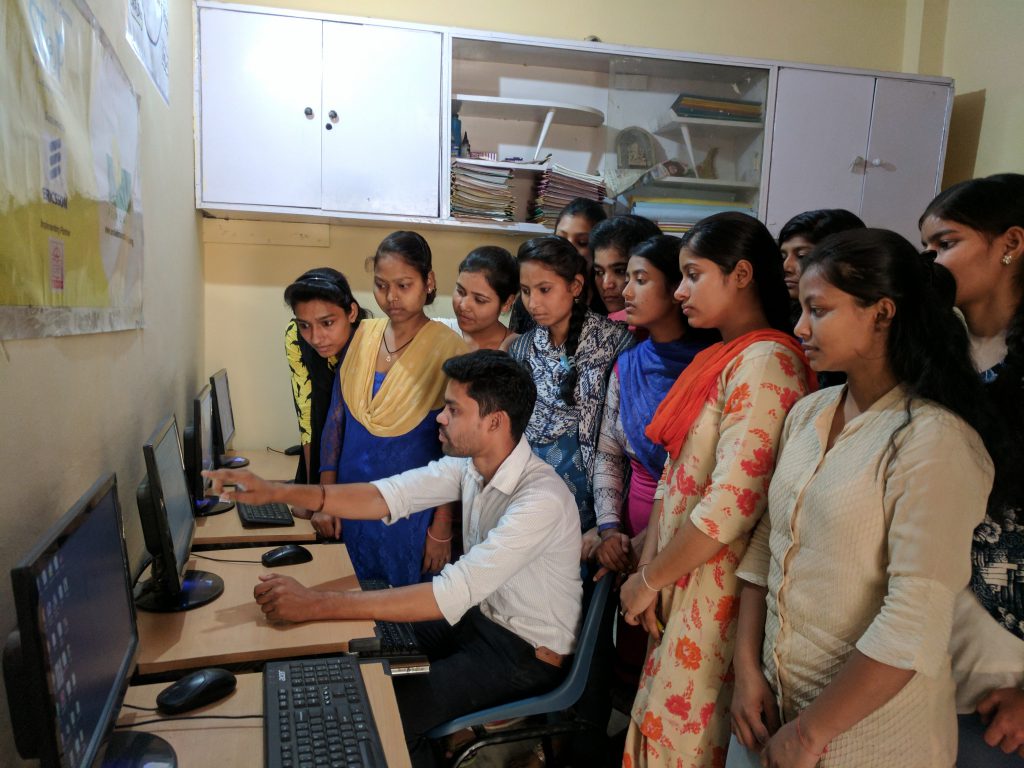Neurodivergence refers to the natural variations in the human brain, resulting in diverse cognitive processing and behavioral patterns. Individuals who are neurodivergent often have conditions such as autism, attention deficit hyperactivity disorder (ADHD), dyslexia, and more.
Movies have the power to entertain, inspire, and educate us about various aspects of life, including neurodivergence. Over the years, there have been several remarkable films that have explored neurodivergent characters, shedding light on their experiences, challenges, and unique perspectives.
“Taare Zameen Par” is a 2007 Indian drama film that explores the struggles and triumphs of a young boy named Ishaan Awasthi, played by Darsheel Safary, who is dyslexic. It is a heartwarming and poignant tale that sheds light on the challenges faced by children with learning differences and the transformative power of understanding, compassion, and education.
The film begins by introducing Ishaan, a creative and imaginative child who struggles with academic tasks. He is often misunderstood by his teachers and parents. Ishaan’s dyslexia goes unnoticed until he is sent to a boarding school, where his academic performance continues to decline. The new art teacher, Ram Shankar Nikumbh, portrayed by Aamir Khan, recognizes Ishaan’s potential and takes a keen interest in his well-being.
Nikumbh slowly unravels Ishaan’s dyslexia and educates the other teachers, parents, and students about this learning difference.
In recent years, there has been a growing recognition of the importance of neurodivergence awareness in classrooms. This increased awareness seeks to create an inclusive learning environment that accommodates the needs of all students, regardless of their neurological differences.
Recognizing Neurodivergent Students
The first step towards fostering an inclusive classroom environment is recognizing neurodivergent students. Teachers and educators should be trained to identify signs of neurodivergence.
They should be aware of the range of conditions that fall under the neurodivergent umbrella. It is essential to understand that neurodivergent students have unique strengths, challenges, and learning styles. Also, they may require tailored approaches to reach their full potential.
Inclusive Teaching Strategies for Neurodivergence Awareness
To support neurodivergent students effectively, teachers can implement a variety of inclusive teaching strategies. Here are a few key approaches:
- Universal Design for Learning (UDL): UDL focuses on providing multiple means of representation, action, and engagement to meet the diverse learning needs of all students. This approach allows flexibility in how students access and demonstrate their understanding of the material.
- Differentiated Instruction: Recognizing that students learn at different paces and have varying abilities, differentiated instruction involves tailoring teaching methods, materials, and assessments to accommodate individual student needs. This approach ensures that all students, including neurodivergent learners, can access the curriculum effectively.
- Multi-Sensory Learning: Incorporating multi-sensory activities and materials in the classroom can benefit neurodivergent students. For example, using visual aids, hands-on activities, and auditory cues can enhance understanding and engagement for students with different learning styles.
- Structured Environment: Establishing a structured and predictable classroom environment can help neurodivergent students thrive. Clear routines, visual schedules, and consistent expectations provide a sense of security and reduce anxiety, enabling students to focus on learning.
Promoting Social Inclusion Through Neurodivergence Awareness
In addition to academic support, fostering social inclusion is crucial for neurodivergent students. Here are some strategies to create an inclusive social environment in classrooms:
- Peer Support Programs: Implementing peer support programs, such as buddy systems or inclusive group activities, can facilitate positive interactions and friendships among students. These programs encourage empathy, understanding, and mutual support.
- Awareness and Acceptance Education: Conducting regular discussions or workshops on neurodiversity and promoting acceptance can help foster a culture of inclusivity in the classroom. Educating students about neurodivergent conditions reduces stigma and encourages empathy and respect for individual differences.
- Collaboration and Teamwork: Encouraging collaborative projects and group activities provides opportunities for neurodivergent students to work with their peers, fostering teamwork, communication, and social skills development.
Professional Development and Support
To effectively implement increased neurodivergence awareness in classrooms, it is crucial to provide teachers with ongoing professional development and support. Educators should have access to training sessions, resources, and specialized guidance to enhance their understanding of neurodivergence and implement effective teaching strategies.
Collaboration with specialists, such as special education teachers or occupational therapists, can provide valuable insights and support for both educators and students.
Conclusion
Increased neurodivergence awareness in classrooms plays a pivotal role in creating an inclusive learning environment where all students can thrive. By recognizing neurodivergent students, employing inclusive teaching strategies, promoting social inclusion, and providing professional support, educators can ensure that every student receives the necessary support and opportunities for success.
Embracing neurodiversity not only benefits neurodivergent students but also enriches the educational experience for all students. It fosters empathy, understanding, and appreciation for the beautiful diversity that exists within our classrooms and society as a whole.
Smile Foundation’s Mission Education programme is based on inclusivity, diversity, and acceptance of students with different needs. With different modules spread out, the programme aims to cater to the needs of every child enrolled in its various centres and supported institutions.









